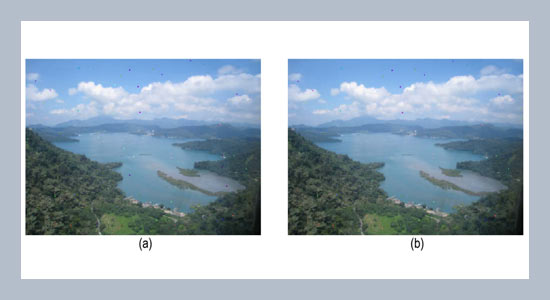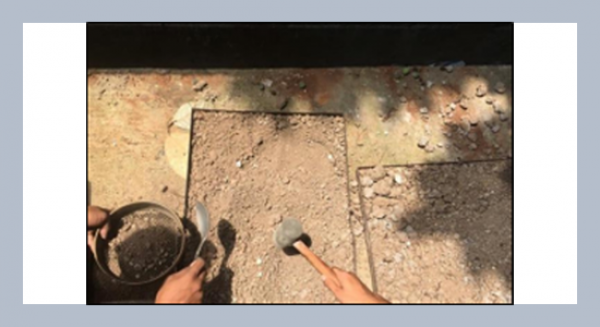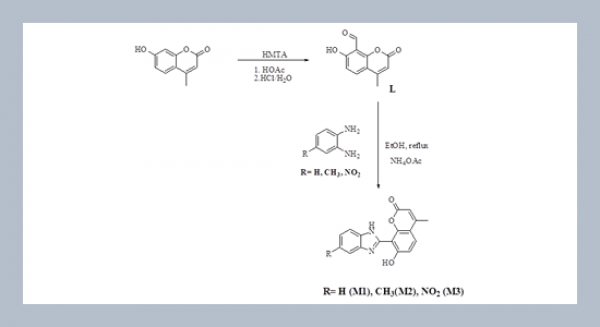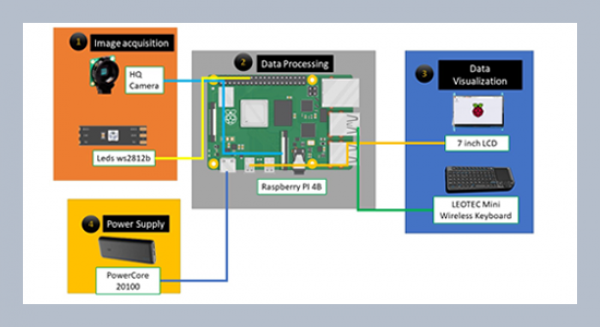Chih-Yu Hsu a, Ta-Shan Tsuib,c, Shyr-Shen Yub,*, and Kuo-Kun Tsengd a Department of Information & Communication Engineering, Chaoyang University of Technology, Taichung, Taiwan, R.O.C.
b Department of Computer Science and Engineering, National Chung Hsing University, Taichung, Taiwan, R.O.C.
c Department of Applied Mathematics, National Chung Hsing University, Taichung, Taiwan, R.O.C.
d Department of Computer Science and Technology, Shenzhen Graduate School, Harbin Insti-tute of Technology. HIT Campus of ShenZhen University Town, XiLi, ShenZhen, China
Download Citation:
|
Download PDF
An algorithm and software based on the concept of cellular automata was developed for removing salt and pepper noise efficiently. The paper shows the software programming for developing an algorithm and software called Cellular Automata Image Denoising (CAID) toolkit. This paper presents the CAID toolkit using examples and discusses how the CAID toolkit is designed. Matlab code was used to develop a software program for removing salt and pepper noise in gray and color images. We hope the code will help the researchers who are interested in the Image Denoising for research of image processing.ABSTRACT
Keywords:
Cellular automata; salt and pepper noise; software algorithm; Matlab Code.
Share this article with your colleagues
REFERENCES
ARTICLE INFORMATION
Accepted:
2011-05-01
Available Online:
2011-09-01
Hsu, C.-Y., Tsui, T.-S., Yu, S.-S., Tseng, K.-K. 2011. Salt and pepper noise reduction by cellular automata. International Journal of Applied Science and Engineering, 9, 143–160. https://doi.org/10.6703/IJASE.2011.9(3).143
Cite this article:















